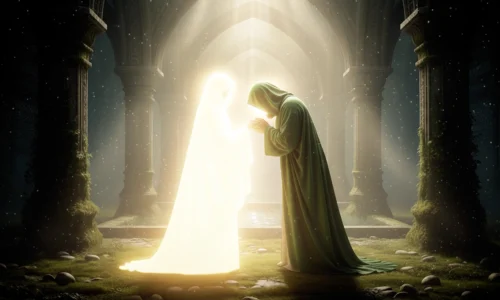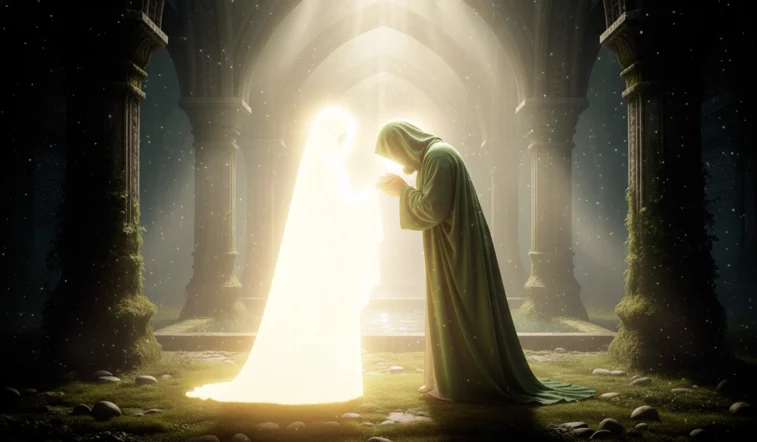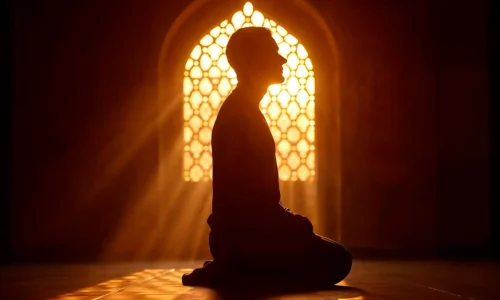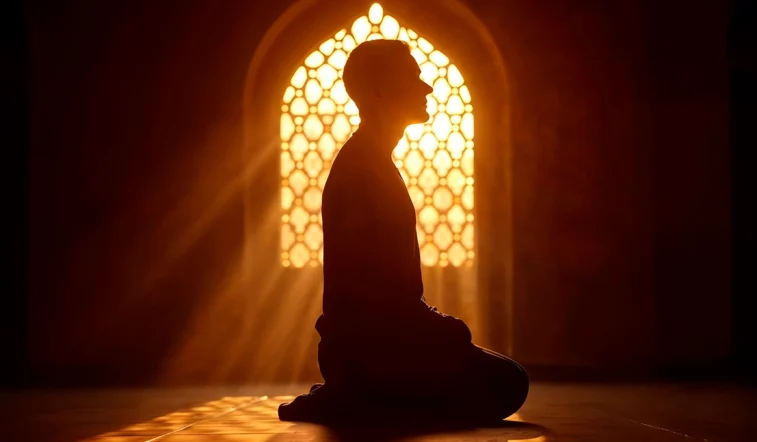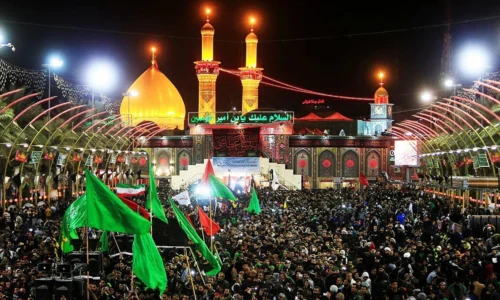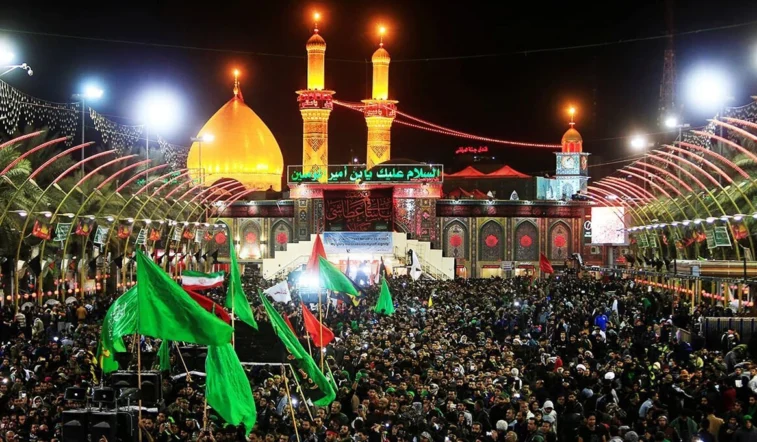The concept of the occultation (Ghaybah) of Imam Muhammad ibn al-Hasan al-Mahdi (AJ)—the 12th and final Imam in Shia Islam—is a unique and profound phenomenon. Though physically hidden from the eyes of the world, Imam Mahdi (AJ) remains alive and continues to fulfill his divine role as the Hujjah (proof of God) on Earth. This raises a vital question: How did the 12th Imam communicate with people during his occultation?
Shia theology divides the occultation into two distinct phases—the Minor Occultation (Ghaybat al-Sughra) and the Major Occultation (Ghaybat al-Kubra). During the first phase, the Imam maintained limited but clear communication with his followers. In the second, communication became more indirect, yet believers continue to feel his presence and guidance through spiritual means and righteous leadership. Let us explore how the 12th Imam communicated with people during each phase of occultation and what it means for his followers today.
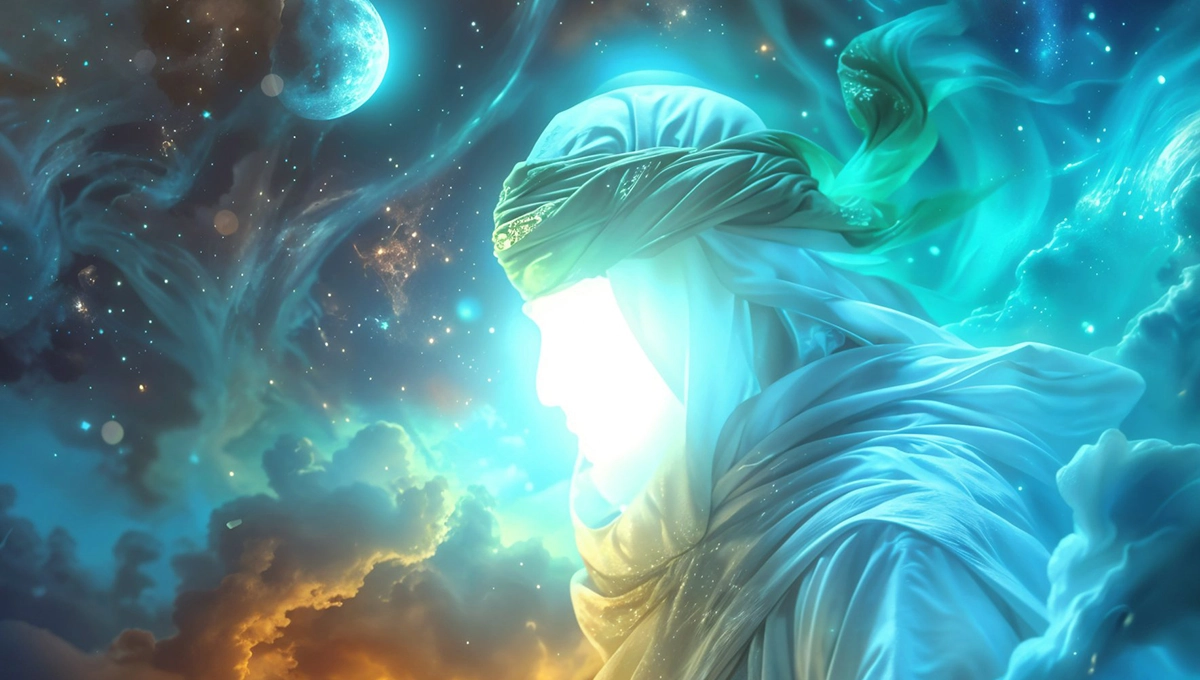
The Minor Occultation (260–329 AH / 874–941 CE)
The Minor Occultation began after the martyrdom of the 11th Imam, Hasan al-Askari (AS), in 260 AH. At that time, his young son, Imam Mahdi (AJ), went into concealment to protect his life from the oppressive Abbasid regime that sought to kill the awaited savior foretold in Islamic prophecies.
Despite being hidden from public view, Imam Mahdi (AJ) maintained direct communication with his followers through a system of appointed deputies, also known as “Safirs” or “Na’ibs”.
The Four Deputies (Nawwab al-Arba‘a)
During the 69 years of the Minor Occultation, the Imam appointed four successive representatives who acted as intermediaries between him and the Shia community:
- Uthman ibn Sa’id al-Amri
- Muhammad ibn Uthman
- Husayn ibn Ruh al-Nawbakhti
- Ali ibn Muhammad al-Samari
These men were known for their integrity, knowledge, and close relationship with the previous Imams. They were entrusted with delivering the Imam’s letters, answering religious and political questions, collecting religious dues (like khums), and conveying the concerns of the people back to the Imam.
The Imam would often issue signed letters (tawqi‘aat) through these deputies, written in his own handwriting, addressing detailed theological, legal, and personal matters. These letters are preserved in classical Shia literature and are among the most direct records of his communication during occultation.
“Whoever denies the last of us has denied the first; and whoever denies me is not from my Shia. The birth of the Imam is well known to the people. He will be hidden from their eyes, but he will be remembered by their hearts.”
~From one of the letters (tawqi‘) of Imam Mahdi (AJ)
Role of the Deputies
The deputies ensured that:
- The Shia community remained united and guided.
- The Imam’s authority remained undisputed.
- Trust and security were maintained during a time of political danger and religious confusion.
Their existence made it possible for Shia Muslims to remain connected to the Imam’s leadership, despite his physical absence.
The End of Minor Occultation
Before his death in 329 AH, the fourth deputy, Ali ibn Muhammad al-Samari, received a final letter from the Imam stating that:
“There will be no other deputy after you… From now on, the Major Occultation will begin, during which I will not appear or be seen until Allah permits.”
This letter marked the transition to the Major Occultation, which continues to this day.
The Major Occultation (329 AH – Present)
In this second and much longer phase, the 12th Imam no longer appointed specific deputies. Instead, communication with him became indirect, spiritual, and occasional.
Yet the Imam’s presence is still very much alive in the hearts of believers, and many have reported spiritual encounters, dreams, or even rare physical meetings—though these are not officially verified or universally accepted.
How Does Communication Occur in the Major Occultation?
1. Through Religious Scholars (Maraji‘)
The Imams prior to the 12th emphasized the importance of turning to qualified religious scholars during the time of occultation:
“As for those among the jurists who safeguard their soul, protect their religion, oppose their desires, and obey the command of their Master—then it is for the people to follow them.”
~Imam al-Mahdi (AJ), via earlier Imams
These scholars are seen as the Imam’s general representatives, providing religious guidance and maintaining the structure of the Shia community.
2. Through Supplications and Ziyarah
Many supplications, such as Dua al-Nudbah, Dua al-Faraj, and Ziyarat Aale Yasin, are direct addresses to the Imam. Through these prayers, believers express their longing, loyalty, and connection with him.
These are considered spiritual forms of communication that maintain the relationship between the Imam and the ummah.
3. Through Inspiration and Personal Guidance
Though not common or predictable, many believers throughout history have reported:
- Sudden insights or help during crisis
- Protection from danger
- Dreams and visions involving the Imam
- Guidance during prayer or moments of confusion
While not all such accounts are authenticated or encouraged to be publicized, they reflect the deeply personal nature of the Imam’s hidden communication with the faithful.
The Imam’s Role in the Unseen
Even in occultation, Imam Mahdi (AJ) is believed to:
- Pray for the ummah
- Intercede with Allah on their behalf
- Guide hearts and inspire righteous scholars
- Observe the state of the world
- Prepare for his eventual return
His hidden leadership is a reminder that divine authority and mercy are ongoing, not frozen in the past.
Conclusion: A Silent Yet Active Guide
The communication of Imam Mahdi (AJ) during occultation is not absent—it is simply different. In the Minor Occultation, he used trusted intermediaries to lead and respond. In the Major Occultation, he continues his mission more subtly—through scholars, prayers, and unseen blessings.
For Shia Muslims, the Imam is a living reality, not a forgotten figure. His silence is a test, his concealment is protection, and his return is a promise. Until that day comes, believers are encouraged to remain connected to him through knowledge, piety, prayer, and steadfastness.
